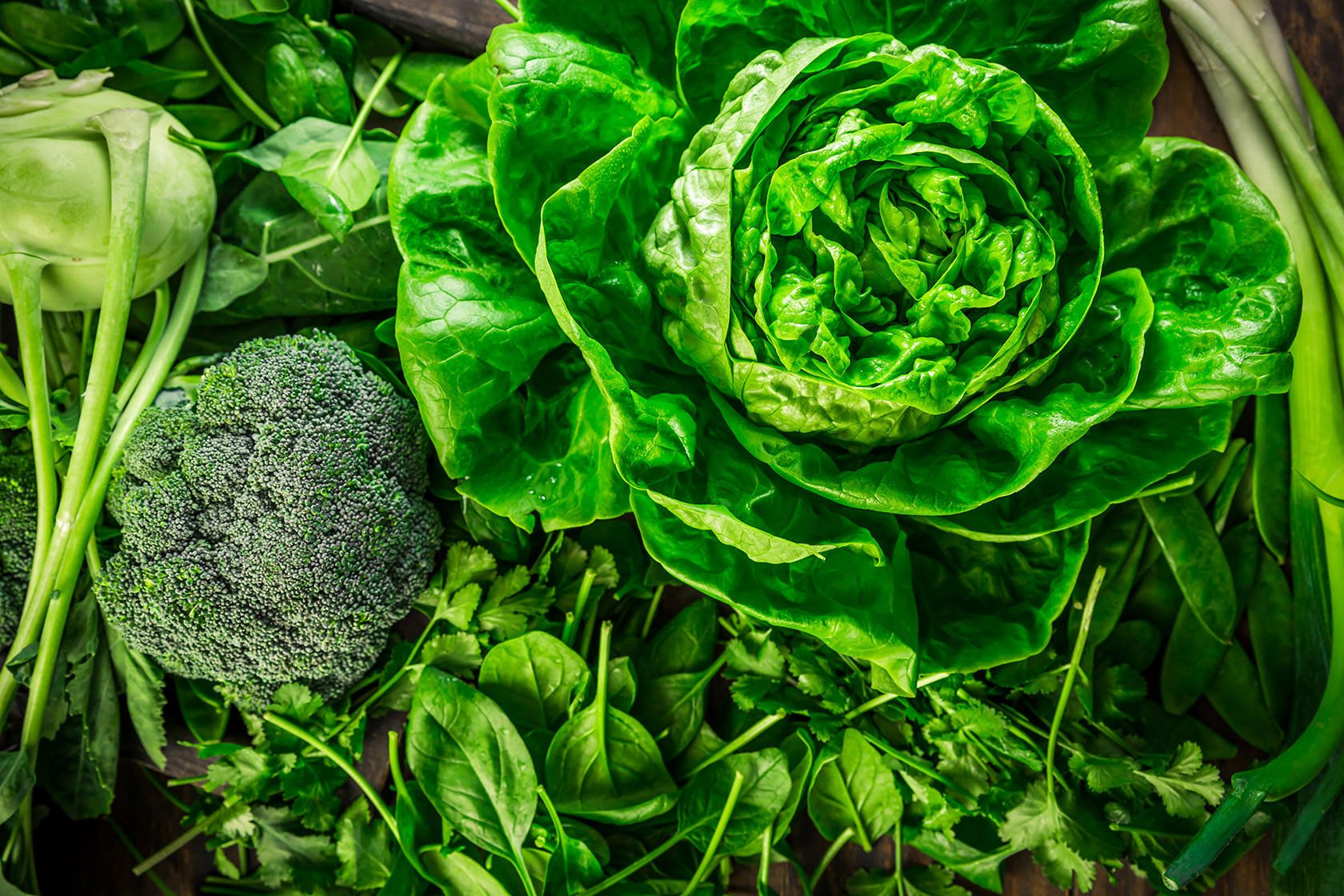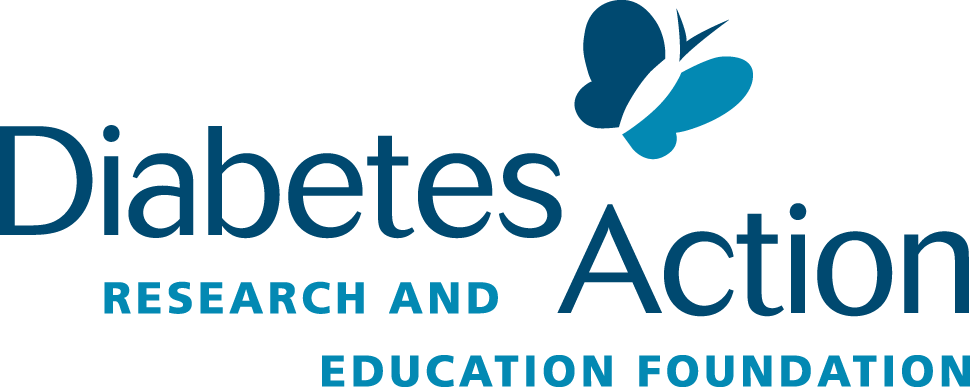
Eating Basics
Diabetes Eating Basics
There is no such thing as a “diabetic diet”. We are all unique and no single eating plan will work the same for everyone. Some people may be able to eat more carbohydrates and still achieve good blood sugar control while others may require more protein. Monitor your blood sugar to find out what foods work best for you.
Eating Tips:
Balanced Meals
In general, the ideal meal might contain ½ vegetables, ¼ complex carbohydrate, and ¼ or less protein. A small amount of healthy fat with each meal may also help.
Small meals every 4-5 hours
The body does not make enough insulin to handle a large meal. A person with diabetes who is dependent on injections may require extra insulin if eating a large meal. In addition, small, frequent meals prevent hypoglycemic episodes.
Complex Carbohydrates
Whole grains, vegetables, and fruits are the most efficient sources. The body not only burns more calories while digesting them, but also gets fiber and more nutrients from these foods than from other food sources.
No Starving! Skipping meals is a set-up for a food binge.
Carbohydrates, proteins, and fats are each turned into blood sugar at different rates. Eating a combination of foods will help keep blood sugar levels balanced throughout the day.
Carbohydrates have the greatest and fastest impact on blood sugar. 100% of carbohydrates are turned to blood sugar 15 minutes to 2 hours after eating.
Protein has a medium and slower impact on blood sugar. 60% of protein is turned to blood sugar 2 - 3 hours after eating.
Fat has the smallest and slowest impact on blood sugar. 10% of fat is turned to blood sugar 3 - 4 hours after eating.

